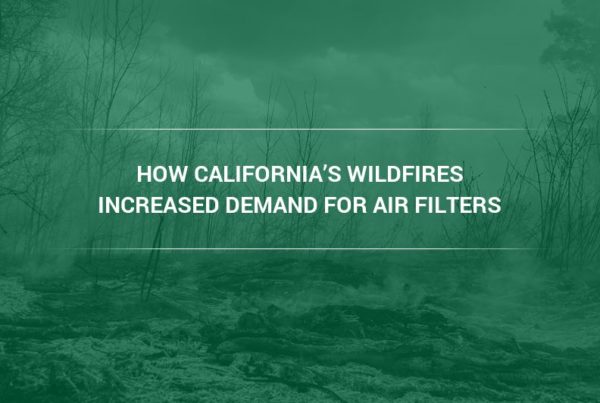A study published by the University of Utah suggests that increased pollution not only poses a health risk to those that breathe in the pollutants but also increases the suicide rate during periods of dirty air. Key statements from the report include “University of Utah researchers examined the records of more than 1,500 people who committed suicide in Salt Lake County, Utah, between Jan. 1, 2000, and Dec. 31, 2010, and found that the odds of committing suicide were 20 percent higher for individuals exposed to increased levels of nitrogen dioxide in the three days before they ended their lives. Similarly, individuals exposed to high concentrations of fine particulate matter (PM2.5) in the three days before a suicide experienced 5 percent higher odds of suicide.” Additional studies from Korea and Taiwan have also found a correlation. Dr. Amanda Bakian, the study’s author, emphasized this doesn’t mean air pollution causes suicide; rather, exposure to some pollutants does increase the risk. 
This study, along with other studies that show increased health problems associated with areas of contaminated atmospheric air, only bolster the concept of using air filters to clean the air inside buildings before it is introduced to building occupants. The United States Environmental Protection Agency (EPA) publishes data that should be referred to by design engineers and building owners before they decide to use a ventilation rate procedure to dilute internal contaminants or use an indoor air quality procedure which employs air filtration to remove the contaminants. The EPA has set National Ambient Air Quality Standards for six principal pollutants, which are called criteria pollutants. If any of these pollutants exceed the published levels than engineering guidelines require these pollutants to be addressed before ventilation air may be considered. The American Lung Association (ALA), in their 2015 State of the Air report, notes “More than 46.2 million people live in an area burdened year-round by unhealthful levels of deadly particle pollution.”
Engineers and building owners, during the design process, should consult the AirNow.gov website and Where You Live page on the US EPA website to review the local contaminant concentration concerns where the building is being constructed or retrofitted. Additionally a location survey is specified under the design Standards as published by cognizant authorities. Building positioning adjacent to highways or other pollution sources can have an effect beyond the general criterion published for States or regions and factors such as these must be considered.
When particle pollution levels exceed accepted parameters air filters with a Minimum Efficiency Reporting Value of 13 will bring that polluted atmospheric air well into acceptable range. Additionally, contaminants generated by people and processes within the building are removed further enhancing the indoor environment. Generally, the particulate contaminant levels within a building are double those of the outside, a factor that should generate additional concerns when outside levels are already high. With air filtration contaminants are removed from both outside air and the recirculated inside air.
The other pollutants of concern include lead, nitrogen dioxide, ozone, and sulfur dioxide. Except for ozone, high levels of these contaminants are not usually a concern as their levels to not approach the values as published in the EPA Standard. If the levels are high than design engineers and building owners should consult with air filtration specialists as to the types of air filtration that should be applied. Ozone, is a significant problem as the ALA found that “More than 4 in 10 people in the United States (44.8%) live in areas with unhealthful levels of ozone.”
Ozone can be easily controlled by using activated carbon filters for removal. In fact, carbon filters incorporate a catalytic reaction which changes ozone (O3) to oxygen (O2). An additional benefit of this type of air filtration is that it will also remove other gaseous contaminants further cleaning the air for the benefit of building occupants. There are numerous configurations of carbon filtration each with benefits consistent with its design. Carbon is also used in airports to protect people in airline terminals from the noxious odors associated with that industry, in museums to protect valuable artifacts from being damaged by common airborne gaseous pollutants and in industrial processes to ensure the performance integrity of what is being produced in the facility. Carbon operates using a principle known as adsorption (basically sponges’ contaminants from the air) and lasts 2-4 years in most applications. Truly a black magic, it can be sent back to the manufacturer for regeneration and reused making it a renewable filtration resource consistent with today’s green product demands.
High health risks, or even higher suicide rates, related to dirty outside air can be controlled or reduced by removing contaminants before they reach building occupants using today’s air filtration technology. And there is a side benefit; the cost of heating or cooling ventilation air can be significantly reduced saving energy expenditures for buildings in North America in terms of billions of dollars.



